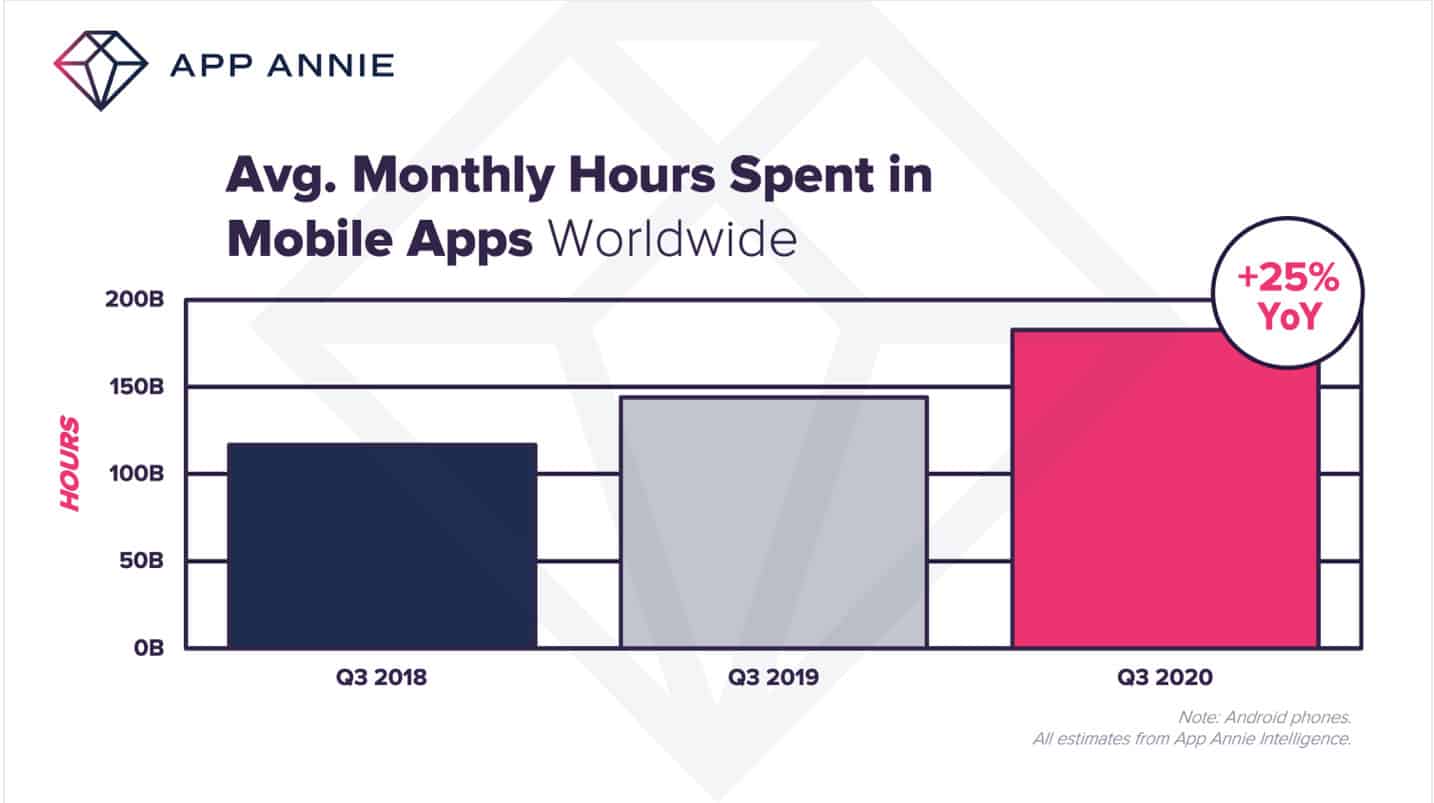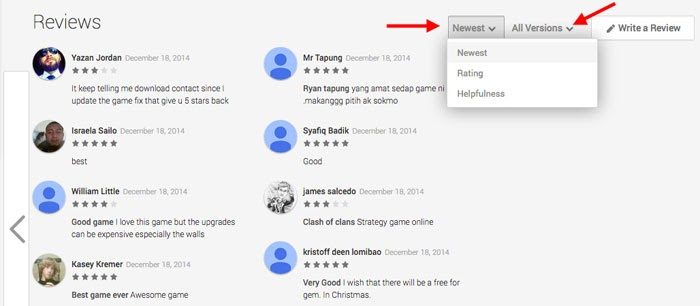Mobile usage has been steadily growing since the introduction of the first smartphone. But the world has never seen numbers quite like this year.
The number of hours people are spending in mobile apps every month has grown more than 25% year over year. For reference, July, August and September saw an average of 180 billion hours of app use. Much of the growth this year can be attributed to the pandemic, but considering past trends, there’s no indication that mobile use is close to plateauing.

A spike of that magnitude in any industry requires stakeholders to step back and evaluate what it means and what opportunities are present. And this analysis starts with a thorough understanding of your users.
An app without any users is functionally useless. The most surefire way to recruit, engage and retain users is through a seamless user experience (UX). Users’ wants and needs evolve and change, just like their mobile habits, so it’s up to app owners to change with their users, or else run the risk of falling behind.
Staying up to speed requires ongoing research. This piece will walk you through 3 steps that will help you deliver the experience your users want today—not what they wanted yesterday.
Listen to your users
To make sure the performance of your app rises with the increase in mobile use, you have to make sure you’re maintaining a relationship with your audience.
An essential part of any relationship is communicating and listening. Do you have any concrete proof that your users are happy with your product? If you’re unsure of how your users feel about your app, there are a few things you can do to find out.
1. Check reviews
Comments about your app can provide detailed feedback on ways to improve your product. If the reviews aren’t detailed enough though, another way to listen is by checking social media. Do a quick search of your app’s name and see what conversations are happening.

2. Look at your app’s analytics
Are all the features being used? Which ones are being used the most? There’s no denying the numbers. Sometimes a quick skim of the analytics can reveal hidden opportunities, or features that can be let go.
3. Get creative
Try releasing a survey, asking on social, prompting for feedback within the app or, if you have the means, holding a focus group to solicit detailed comments. This is also a great opportunity to show your users—or prospective users—that you care about them and value their insight.
Once you’ve compiled this feedback, start thinking strategically about the changes you want to implement. Identify some quick wins and then consider how you can continue to grow with your users long term.
Keep in mind—once you’ve made these adjustments, it’s good to perform user testing to ensure that these changes are the right solution.
While these methods of listening are great for user retention, growing a mobile app also involves recruiting new users. Stick around—we’ll talk a little bit about that in this next section.
Keep up with the industry
Entering the app space is a great move for making your products and services more accessible; however, the mobile industry is anything but static. Every week there seems to be a new announcement, product drop or software update being released to the market.
For a lot of organizations, releasing an app means entering unfamiliar territory. Keeping up with both the app world and your own industry is essential to staying competitive.
1. App Industry
Your app won’t be competitive, or even useful, if it’s out of date. Falling behind on system updates can compromise your app’s functionality.
It’s beneficial to pay attention to announcements from Apple and Google. Both hold events to help designers, developers and app owners stay innovative and competitive on their platforms. At these events, the companies announce what each update means for users and app owners alike—tuning in will ensure that your app doesn’t become outdated.
Learning about new operating system updates isn’t always enough. In order to grow your usership to match the boost in mobile usage, you should learn how and why mobile usage is climbing.
Look for thought leaders in the app industry. There are a number of resources that offer up-to-date stats and insight into user behaviour and market trajectory. Seeing where the market is headed can help you better determine your users’ needs and anticipate what’s to come.

2. Your Industry
The app industry isn’t the only one to have on your radar. Make sure you are keeping tabs on your competition too.
You should be constantly checking to see how your app stands up against others in the Apple App Store or Google Play Store. Browse other apps’ rankings along with their customer feedback. What areas are your competitors letting slip that you can take advantage of?
Step into the shoes of your ideal customer and ask yourself: “Why would someone pick my app over the closest competitor’s?” Your answer to that question will help illuminate your app’s strengths, weaknesses, opportunities and threats—and guide you on where to go next.
All of the above research should be more exciting than overwhelming. New updates don’t mean more work—they mean more possibilities. For example, the release of watchOS didn’t signify more competition for fitness apps; it created an opportunity to gather real-time data that could make fitness apps more user-specific and, therefore, more useful.
Always be on the lookout for opportunities to grow your app.
Be agile in a changing world
We’ve seen the world transform this year, and people’s needs and expectations have shifted greatly. If there is one overarching takeaway from 2020, it’s that things can change—and they can change in an instant.
The shift in the state of the world definitely affected people’s habits and mobile use. Making sure your app can adapt to changes like this will be essential in creating an agile, scalable and sustainable product—or at least not falling behind.

For example, lots of restaurants had apps or web platforms prior to 2020; however, once the pandemic hit, lots of these establishments began partnering with popular delivery apps to stay afloat given the strict social distancing rules. Many restaurants are still relying on delivery apps as an essential income stream. These delivery platforms had to grow quickly to serve a broader audience while still adhering to COVID safety regulations.
Some of the biggest app successes of 2020 are ones that took the risk of making changes in order to give users what they wanted. By being open to change, partnerships and new use cases, you allow your app to be scalable.
Wrapping Up
With over 2.2 million apps available for download in the Apple App Store and over 3 million in the Google Play Store, the market is becoming heavily saturated. Users are looking for the best app that satisfies their needs and offers value.

Considering the speed at which the world and technology are evolving, if your app is stagnant, it’s falling behind.
The above steps are helpful, but they certainly aren’t a quick fix. What’s crucial here is setting a plan, perhaps quarterly, to check on key criteria to make sure the app is still performing and to identify areas to look out for.
At the end of the day, all your efforts will be for nought if you do not perform ongoing maintenance initiatives. Continue performing user tests. Continue learning about the latest app advancements and competitors in your field. Continue listening to what’s happening in the world around you.
Feel like your app could use a UX boost? Our mobile app redesign process may be the best answer.
Let’s chat and see how we can turn your app into the mobile experience your users have been waiting for.



